Building Balanced Non Alcoholic Drinks
10 min read Discover how to create harmonious and flavorful non-alcoholic drinks that excite your palate and cater to health-conscious preferences. July 09, 2025 15:05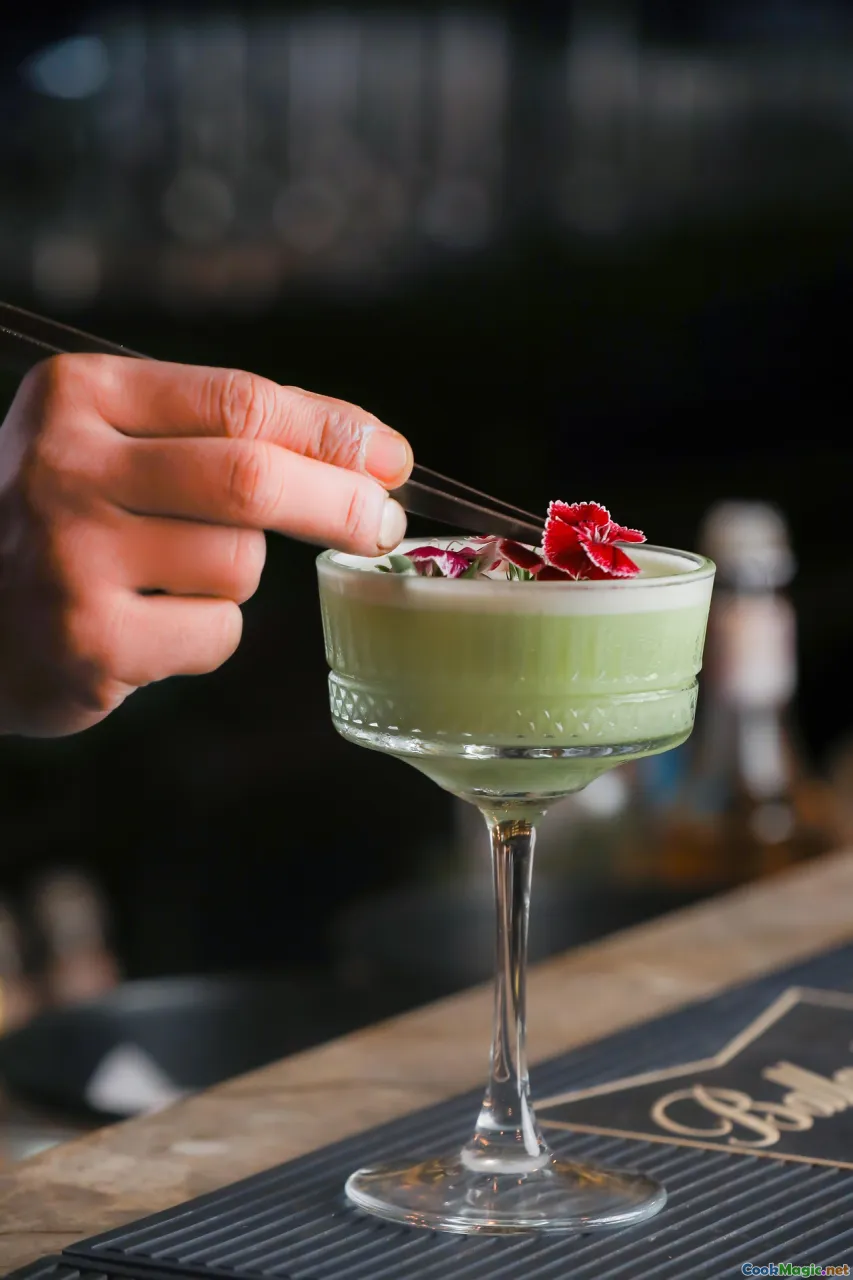
Building Balanced Non-Alcoholic Drinks
In the world of beverages, non-alcoholic drinks often serve as the quiet heroes—commenting on social rituals, quenching thirst, and providing a canvas for creativity without the buzz. But crafting non-alcoholic beverages that are not only refreshing but also harmonious in flavor, aroma, and texture requires a keen culinary balance. It’s about more than mixing fruit juice and soda; it’s about understanding how each element sings together in a symphony of taste. Whether you’re a professional bartender, a home enthusiast, or simply someone passionate about elevating everyday drinks, mastering the art of building balanced non-alcoholic beverages is a delightful journey that opens up an array of sensory experiences.
Let’s explore how to create drinks that delight the palate, honor cultural traditions, and evoke emotion through deliberate ingredient harmony.
The Heart of Balance: Understanding Flavors and Textures
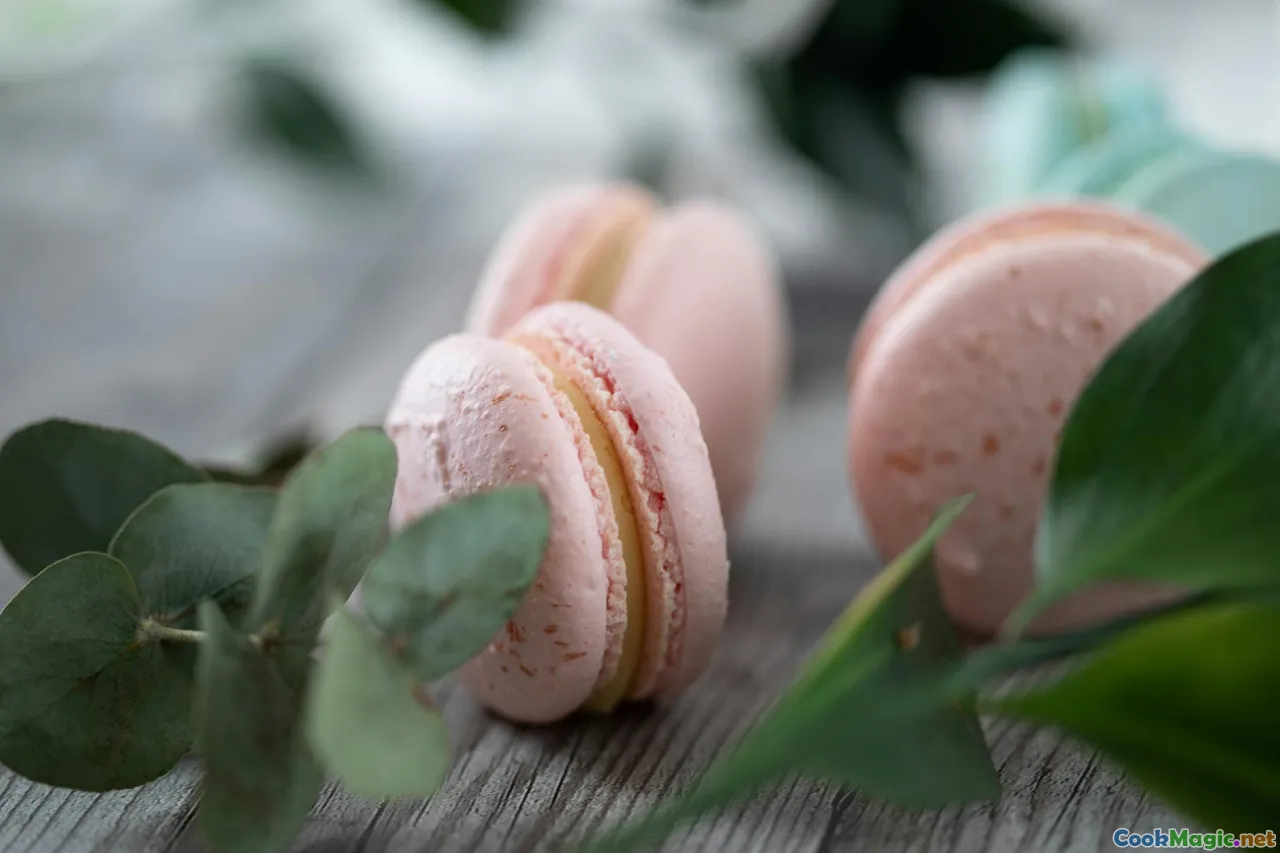
Creating a balanced non-alcoholic drink begins with an understanding of flavor principles—sweet, sour, bitter, salty, and umami—and how they interplay. Unlike cocktails that often rely on spirits to carry and blend flavors, non-alcoholic drinks must balance complexity without the backbone of alcohol’s mouthfeel. Sweetness, often derived from fresh fruit juices, honeys, or syrups, provides a luscious foundation. Think of ripe mango or honeydew melon—both naturally sweet, with a succulence that adds richness.Acidity, from citrus or vinegar, adds brightness and cuts through sweetness to prevent the drink from becoming cloying. A splash of yuzu or a touch of apple cider vinegar can lift a beverage.
Bitternessintroduces depth—herbal infusions like chamomile, tonic water, or a dash of bitter Aperitivo alternate can add nuance.Saltmight seem counterintuitive in drinks but a tiny pinch amplifies sweetness and rounds flavors. A salted rim or a smidgeon of sea salt in a shrub drink creates contrast.Textures range from the silkiness of blended fruits to fizzy effervescence or the velvety mouthfeel of coconut cream—each adding a tactile element.
Mastering these bases enables you to construct drinks that are multi-dimensional and satisfying.
Crafting a Personal Vintage: The Cultural and Emotional Angle
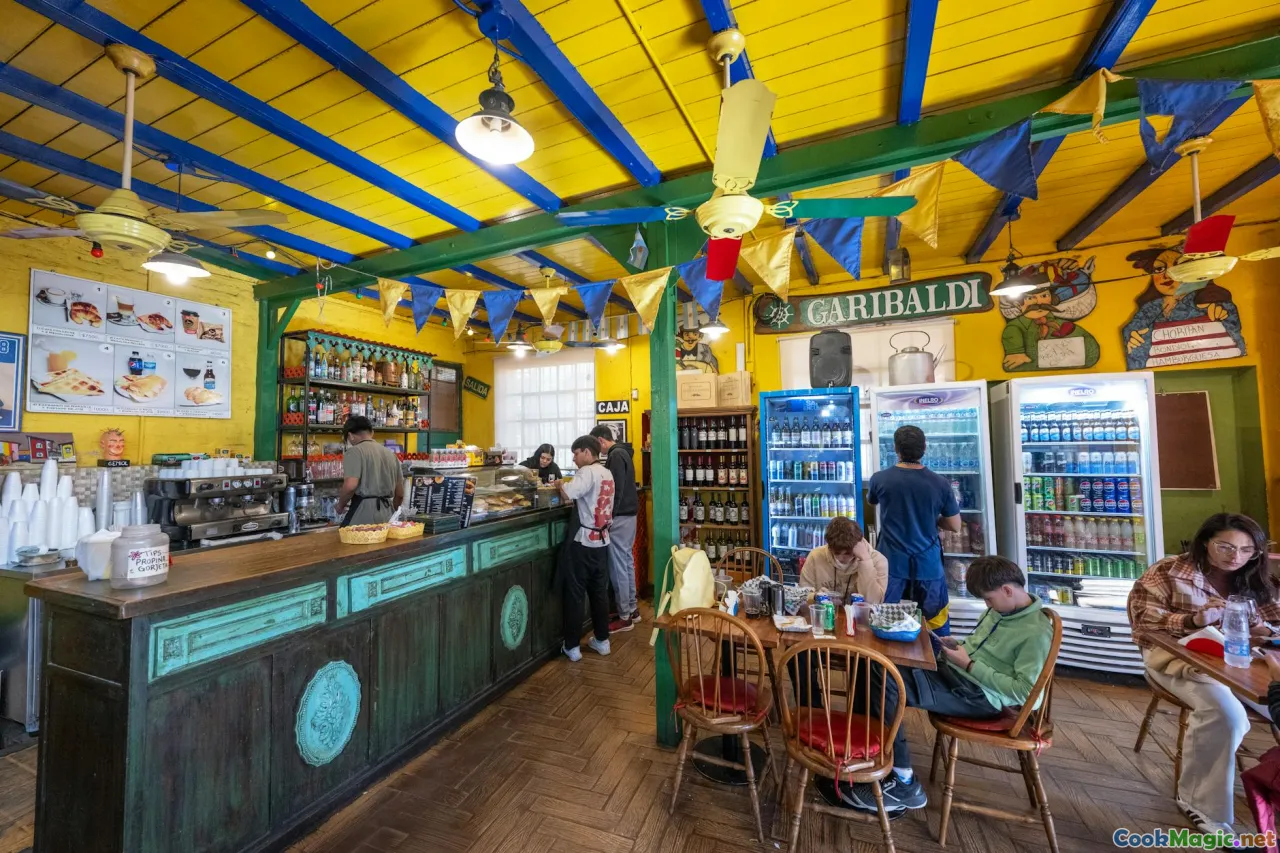
One of the most intoxicating aspects of beverage crafting is its connection to culture and emotion. Think of the comforting warmth of a steaming杯 of Indian chai, infused with cardamom and ginger, or the celebratory sparkle of a non-alcoholic Champagne substitute at a wedding.
Imagine the sensory memories tied to mate tea in South America—earthy, grassy, social—and how its ritual offers solace and community.
By selecting ingredients inspired by personal history or cultural traditions, you imbue your drinks with storytelling power. For instance, a Hibiscus Lemonade not only combines tartness and floral aroma but also nods to West African and Mexican traditions where hibiscus ('agua de Jamaica') is revered.
Understanding these emotional layers allows you to craft beverages that do more than quench— they evoke connection and nostalgia.
Technique Tips for Building Harmony

Achieving balance often hinges on technique. Here are some proven tips:
- Layer flavors intentionally: Use infusions like rosemary or basil in syrups to add depth. For example, infusing honey with lavender grounds a sweet base in delicate herbal notes.
- Balance acidity and sweetness: Always taste as you go. If your drink skews too sweet, add citrus. If too tart, straighten with gentle syrup.
- Incorporate carbonation strategically: Sparkling water or tonic adds lively contrast. Add it last to prevent flattening.
- Use transparency creatively: Layer liquids of different colors and densities for visual appeal—think a layered sunrise with orange juice, grenadine, and soda.
- Adjust as needed: Use ice or dilution to mellow overly sharp flavors or to bring disparate elements into unity.
Experimenting with infusion, layering, and presentation transforms a simple drink into an engaging sensory experience.
Balancing Global Flavors: A Practical Example Recap
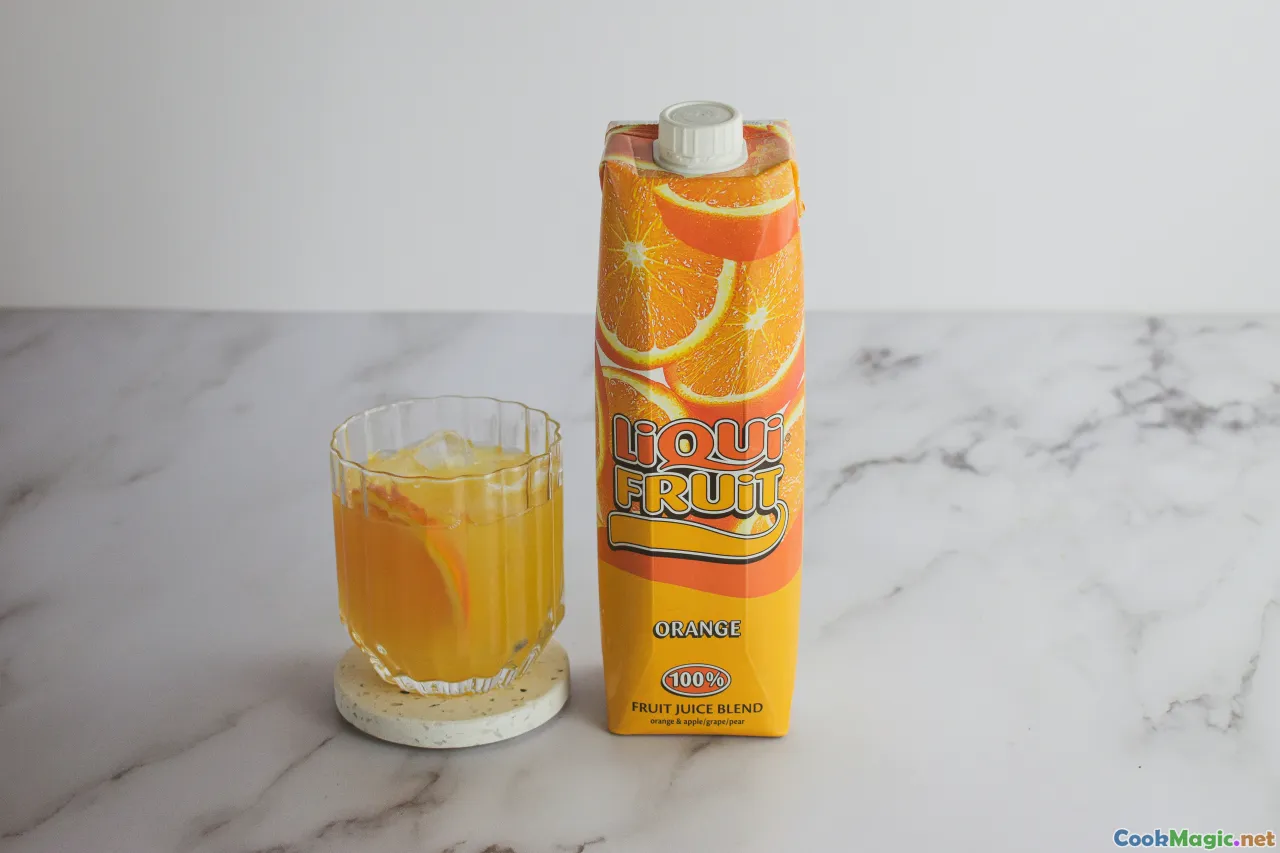
Let’s anchor this with a practical 'recipe' concept: imagine transforming a traditional Arnold Palmer (iced tea and lemonade) into a globally inspired mocktail.
Cultural twist: Incorporate brewed chai spices (cinnamon, cloves, cardamom) into the black tea base, sweeten lightly with honey, squeeze in fresh lemon, and top with sparkling mineral water. Add a pinch of sea salt and garnish with a cinnamon stick.
This drink balances the robustness of spiced tea, the citric lift of lemon, the effervescence of sparkling water, and the subtle enhancement of salt—creating harmony across flavors and textures.
Personal Tips for Creating Your Signature Non-Alcoholic Blend
- Start with a flavor profile: Decide what mood or theme you want—refreshing, comforting, exotic.
- Source quality ingredients: Fresh fruits, herbs, high-quality syrups, and natural infusions are your allies.
- Play with temperature: Cold drinks soothe, warm beverages comfort—use them strategically.
- Mind your presentation: Use attractive glassware, colorful garnishes, and artistic layering.
- Keep tasting: Adjust acidity, sweetness, and carbonation until the harmony sings.
Remember, the journey is as rewarding as the result. With each experiment, you refine your palate and develop a repertoire of balanced, evocative, and memorable drinks.
Let the Colors and Aromas Inspire You
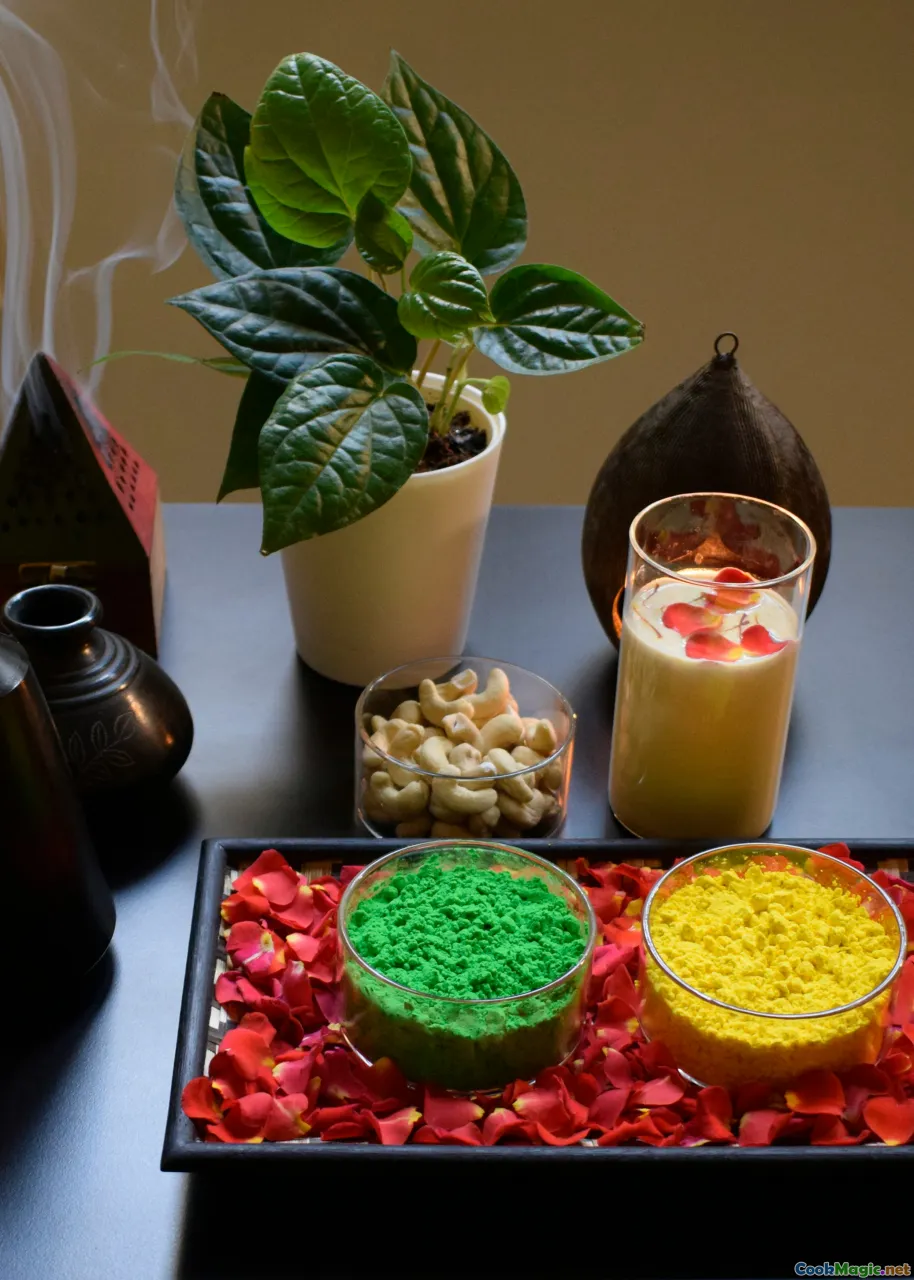
Our senses are our most vivid guide. Bright hues from muddled berries or layered juice add visual appeal, while aromatic herbs and spices elevate the experience. Imagine the fresh zest of grapefruit mingling with thyme or the fragrant allure of honey and ginger in a warm tonic.
Culinary traditions are replete with ideas—consider the Turkish �fassi or Turkish claret, which balances sweetness and tannic bitterness in a non-alcoholic format.
The Power of Mindful Pairing
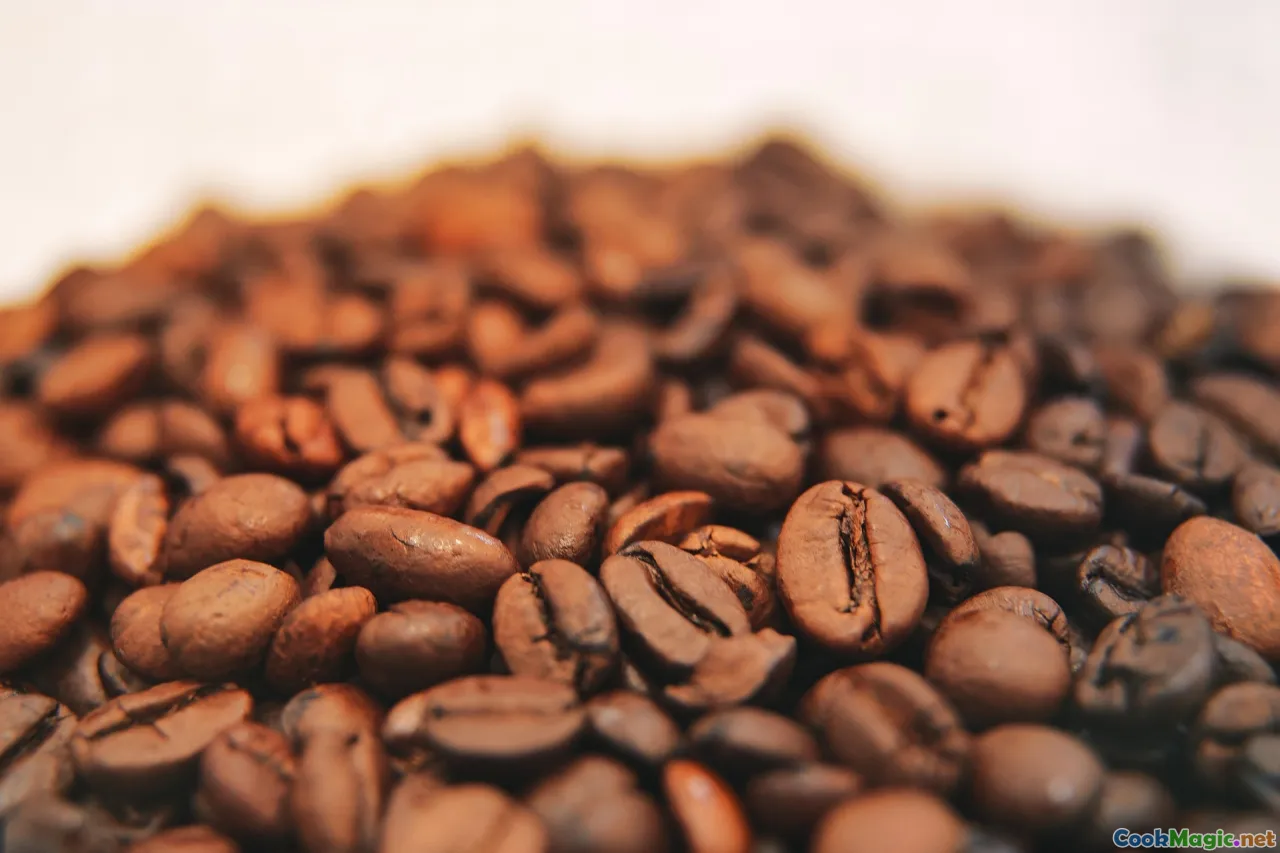
In building balanced drinks, think of them as part of a larger culinary dialogue. How does your beverage complement your dish? A spicy grilled vegetable skewer could be paired with a cooling cucumber-mint cooler, while a hearty lentil salad might be enhanced with a tangy tamarind cooler.
Thoughtful pairing elevates the entire meal or gathering—bringing harmony to flavor profiles, textures, and sensory experience.
Embracing Sustainability in Non-Alcoholic Drink Crafting

Finally, sustainability adds another layer to mindful drink creation. Use seasonal, local produce, and minimize waste with clever use of pulp and peels—making syrups from peels, fermenting scraps into vinegar.
Eco-conscious choices not only serve the planet but deepen your connection to ingredients and tradition.
Creating balanced non-alcoholic drinks is an art, a science, and a meditation. It invites us to slow down, explore the rich tapestry of flavors, and craft beverages that nourish the body and soul alike. Every glass you raise becomes a personal expression—grounded in memory, culture, and your culinary passion. So, gather your ingredients, trust your palate, and let the harmony flow.
Cheers to your next vibrant, harmonious creation!









